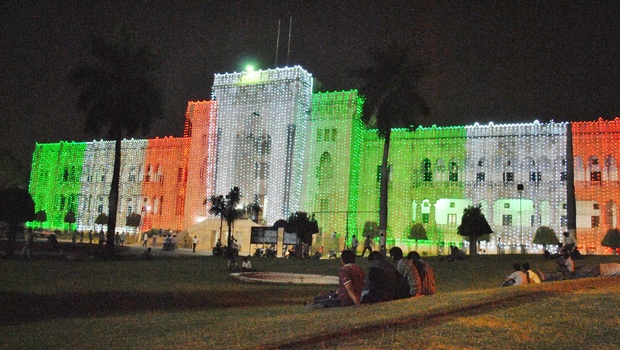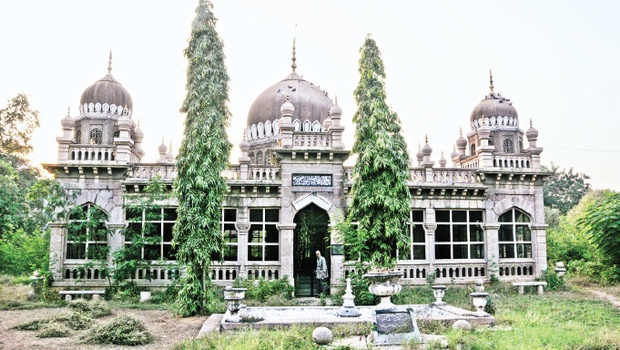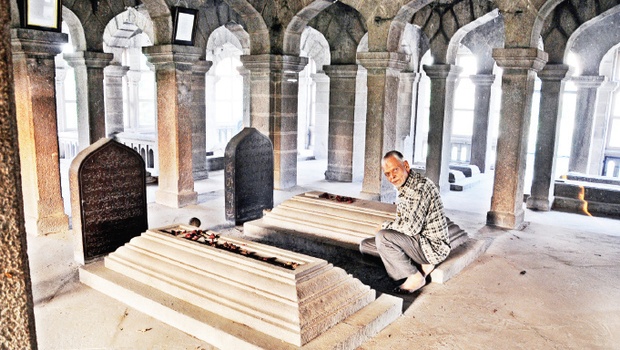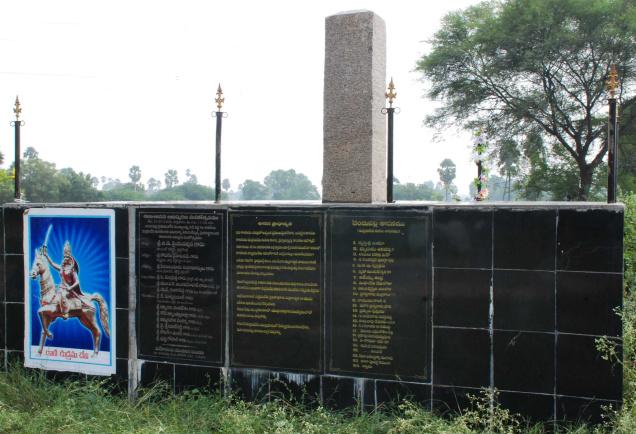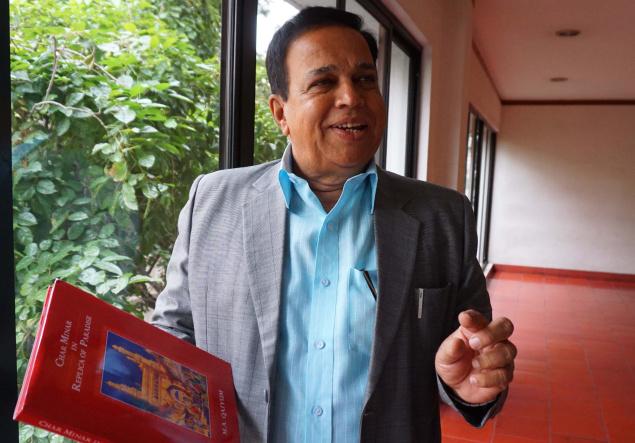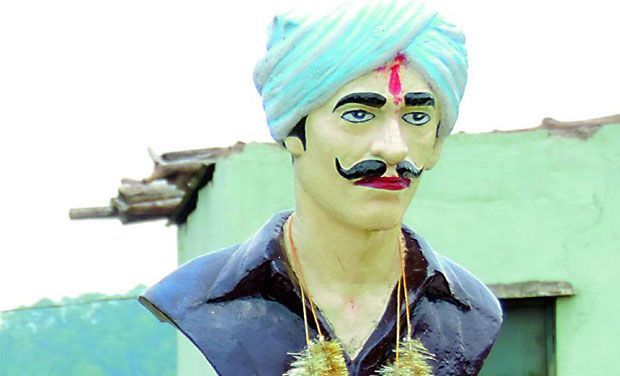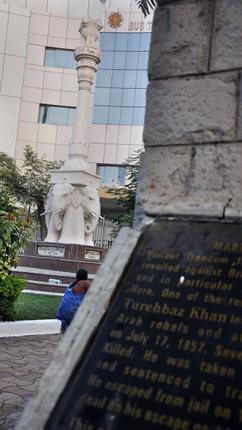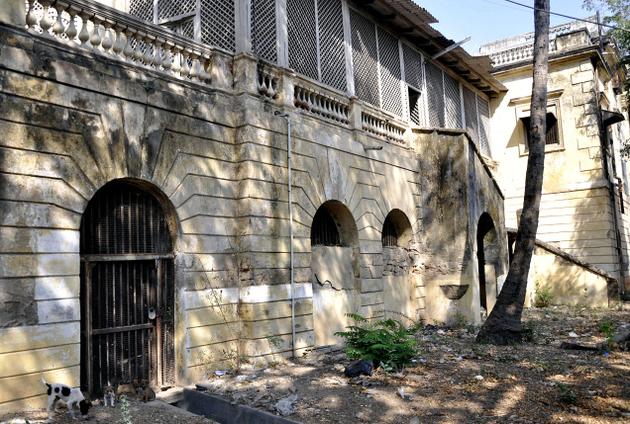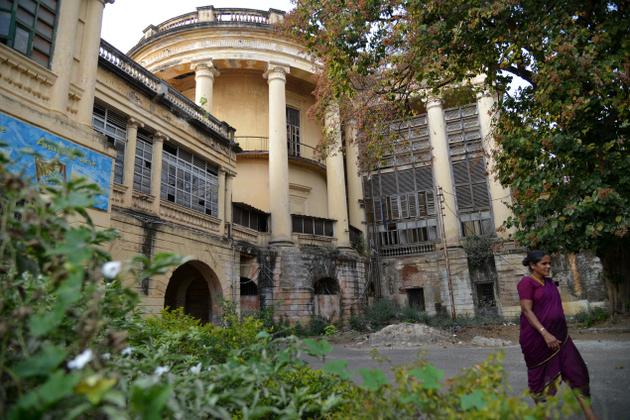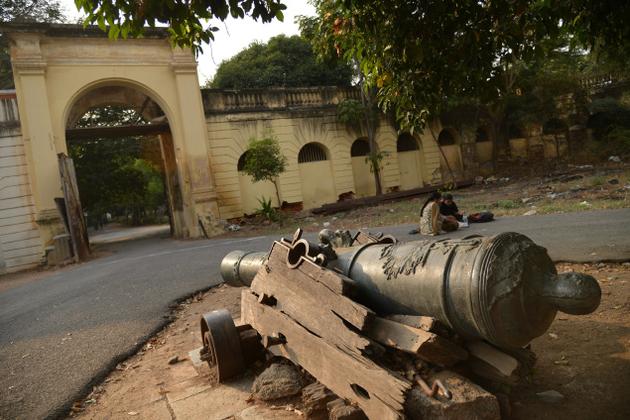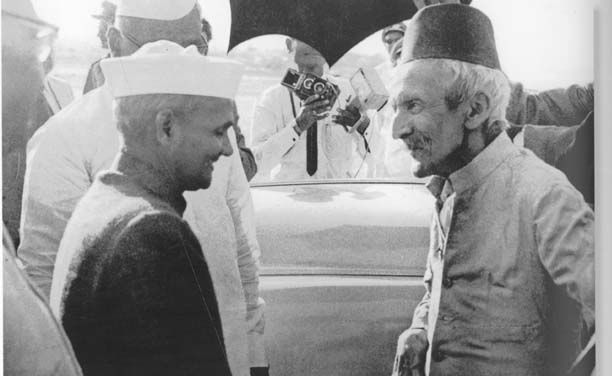Last week, the media was abuzz with reportage on the launch of ‘Platinum Jubilee’ celebrations of the Arts College of Osmania University. Deans, heads of departments, faculty and students and several former principals and alumni of the college participated in the event to mark the 75th year of the Arts College. But the fact is that Arts College completed 95 years of its existence on 28th August this year itself. This prestigious institution would be completing its centenary in 2019, just a year after the centenary of Osmania University.
The seventh Nizam of Hyderabad, Mir Osman Ali Khan, had issued a firman for the establishment of Osmania University on 26th April 1917 for offering higher education through Urdu medium in the erstwhile Hyderabad State. The University became functional in 1918. Under the aegis of the University, the Arts College was inaugurated on 28th August 1919 and it was temporarily housed in eight rented buildings in Gunfoundry area in the city.
A faculty of 25 lecturers was recruited and 225 students were admitted in Intermediate first class in the first academic year of the college. Incidentally, Sir Ross Masood, grandson of Sir Syed Ahmed Khan and founder of Aligarh Muslim University, was the first principal of Arts College. Degree and postgraduate courses were started in 1925 and PhD programme in several disciplines in 1938.
The government acquired a vast extent of land (about 2,000 acres) at Adikmet for development of the campus of Osmania University in 1928. Engineer Ali Nawaz Jung and Architect Zain Yar Jung were sent abroad to study and suggest a model plan for the campus. Monsieur Jasper, a Belgian architect, prepared the detailed plans for the campus buildings. The Nizam laid the foundation for the Arts College building on 5th July 1934. The imposing building, in Indo-Saracenic style of architecture, was built in a record time of 5 years. The Arts College building was inaugurated by the Nizam on 4th December 1939.
The majestic and elegant edifice in pink granite stone retains much of it charm even today, though it has seen vicissitudes of fortune over the last 75 years. The college, being 20 years older than the building, has been witness to many more changes. While departments in modern disciplines as well as classical and Indian languages were opened, the medium of instruction was changed from Urdu to English, soon after police action in erstwhile Nizam State in September 1948. The Arts College made its name all over the globe for its academic excellence by producing eminent alumni and employing renowned academicians.
In 1973, degree courses were discontinued in Arts College and it became an exclusively postgraduate college, offering PG and advanced diploma courses and research studies in various disciplines. Though it was the hotbed of Telangana movement during 1968-71 and several Mulki agitations earlier, Arts College scaled new heights in the 1970s and 1980s. The college made its mark in both arts and social sciences, including economics, history, geography, political science, public administration, psychology, sociology, English and other foreign languages, classical and Indian languages and communication & journalism, linguistics, Islamic Studies and philosophy.
Those who studied in the Arts College or served on its faculty brought laurels. The alumni include not only great academicians but also bureaucrats, political leaders and educational administrators. Many of the erstwhile faculty or alumni of the college went on to become vice-chancellors of eminent universities in the state as well as other prominent universities across the country. Some made their mark abroad. Apart from its alumni in many other disciplines, the Arts College also produced many eminent media persons who studied at its department of communication and journalism.
Yet, after the mushrooming of colleges offering professional courses such as Engineering, MBA, MCA, B.Ed etc, there has been a marked drop in the students seeking postgraduate courses in social sciences and arts subjects. The severe financial crunch due to inadequate funding of the university through block grants by the government has led to a situation where the Arts College is forced to discontinue some courses or to keep several posts of faculty vacant. This is having its own impact on the academic excellence of the college. In the last few years, Osmania University campus witnessed intense agitation by students for separate Telangana State. Now, Telangana is a reality and it is time to strive hard to win back fame and pristine glory for Arts College before it celebrates its centenary in 2019.
(The writer is an MLC and a journalist)
source: http://www.timesofindia.indiatimes.com / The Times of India / Home> City> Hyderabad / by Syed Amin Jafri, TNN / December 08th, 2014
